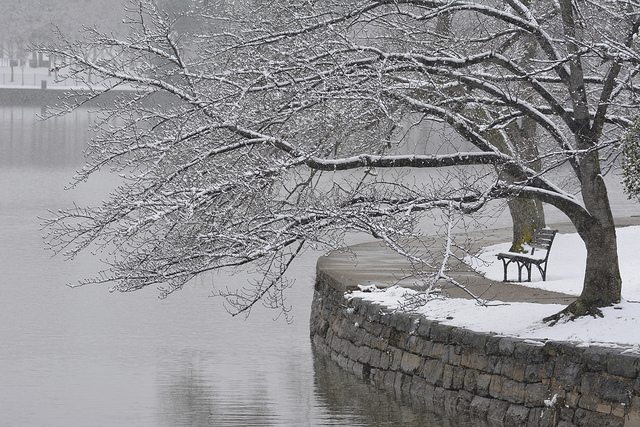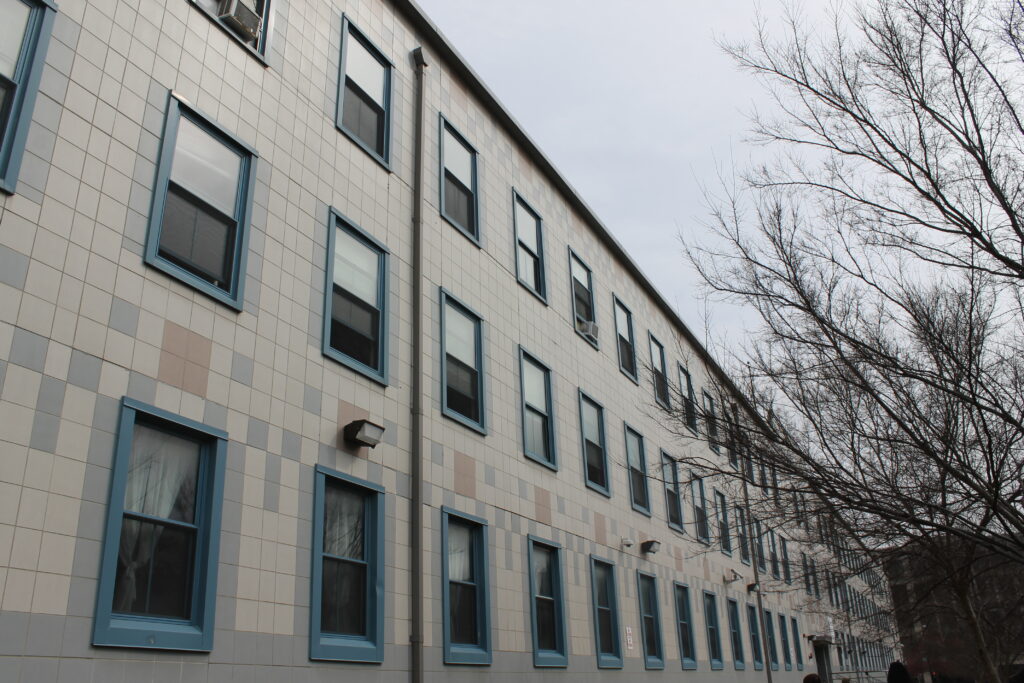With the hypothermia season officially over on March 31, the District Interagency Council on Homelessness (ICH), Washington Legal Clinic and Department of Human Services (DHS) hosted a comment session to review the District’s 2014-15 winter plan to provide emergency shelter for homeless people.
The debrief covered topics ranging from public campaigns to hotline operations, transportation, facilities, meals, services and capacity. Representatives from the agencies took copious notes as people experiencing homelessness provided insight.
Suggestions included new ways of getting the word out to the homeless community when a hypothermia alert goes into effect — strategic physical postings in every neighborhood and metro station, especially along the “edge” areas of city. Some also suggested getting local businesses to disseminate information.
During inclement weather, several commenters reported being stuck outside waiting to get into emergency shelter facilities, which operate 7 p.m.- 7 a.m. They requested flexibility in these hours to be built in for extreme conditions. The District hypothermia alert is activated any time the temperature falls below 32 degrees Fahrenheit between November 1 and March 31, immediately opening city shelters regardless of the time. Some in attendance at the briefing proposed more accommodation when weather is bad, but the temperature is not quite low enough to activate the alert.
Additionally, it was noted that some homeless couples will brave the streets in favor of being split apart. Commenters called for co-ed shelters as a solution to this problem.
There were concerns of misinformation and confusion among the homeless community. One attendee suggested that during times of cold emergency, when everyone was mandated to be in a shelter. Commenters voiced that officials could use that time strategically to engage the community on important issues. Suggestions included easier avenues of review and clearer accountability–places where they could voice their opinions. Cold emergencies are called when the temperature is forecasted to reach below 15 degrees Fahrenheit, or 20 degrees Fahrenheit with steady precipitation for 60 consecutive minutes or snow accumulation of three inches or more.
There will be several more public comment sessions before finalizing the 2015-16 winter plan in the coming months.







